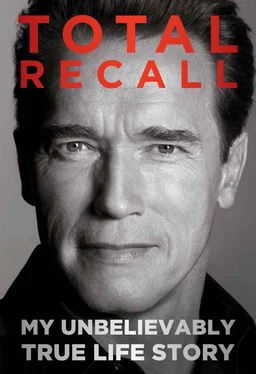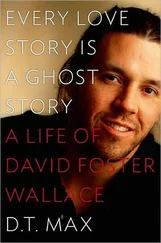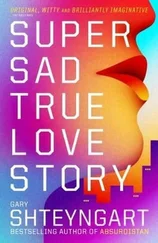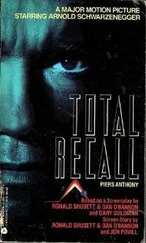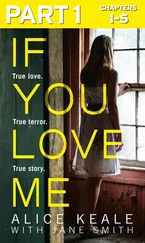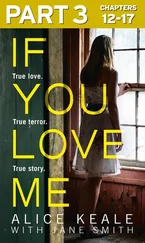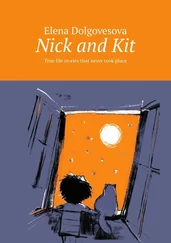That spring, I met one of the great thinkers of the twentieth century: economist Milton Friedman. The Nobel Prize winner had shaped Reagan’s ideas about free markets and also had a big influence on me. Friedman’s 1980 public television series Free to Choose was a big hit, and I’d watched every installment, soaking up his ideas like a thirsty sponge. He and his wife, Rose, had written a bestselling book, also called Free to Choose , and I’d sent copies to all my friends as a Christmas present. The producer of the TV series, Bob Chitester, somehow heard about that and tracked me down to ask if I’d like to meet the Friedmans, both of whom had retired from their professorships at the University of Chicago. They lived in San Francisco, where Milton was now a fellow at the Hoover Institution think tank on the Stanford University campus.
Getting ready for the evening, I was like a kid going on an exciting field trip. “Where’s my camera?” I asked Maria. “Do I have on a nice enough tie?” Friedman had become one of my heroes. His concept of the roles of governments and markets in human progress was a giant leap beyond the economics I’d studied in school; it explained so much about what I’d seen in the world and experienced for myself as an American entrepreneur. His core argument, of course, was that markets perform more efficiently when government intervention is reduced. Like Reagan, he was wonderful at painting ideas in ways that everyone could understand. He used a pencil, for instance, to argue for the free market:
“The wood came from Washington State, the graphite came from South America, and the rubber came from Malaya—literally thousands of people on three different continents each contributed a few seconds of time to make this pencil. What brought them together and induced them to cooperate? There was no commissar sending out orders from some central office. Because there was demand. When there’s demand for something, markets find a way.”
I used Friedman’s ideas when debating with Sargent Shriver about the price of milk. Sarge was saying, “I remember we campaigned in Wisconsin, and they had so much milk that the price was dropping. And then we went to Illinois, where milk was scarce and the price was going up, so I got on the phone and complained to the regulators …”
I said to him, “Don’t you think the market could have sorted that out? If there was that much need for milk in Illinois, eventually someone would’ve brought it in from Wisconsin or some other state. I think they wanted to keep milk tight so they could jack up the price. They made that conscious decision in the private sector. But you used government power to interfere with supply and demand, and I don’t feel government should do that.”
Much later I learned that when you get in the trenches, pure laissez-faire principles fall short. There’s a gap between the theory and the reality. Just from a public investment standpoint, it makes sense to put taxpayer money into after-school programs if you want to save many dollars down the line on crime and prisons. You can’t put the burden of a disabled child all on the family if the family is poor. There has to be a social safety net. There has to be investment in the public good.
The Friedmans were short, lively people who seemed perfectly in sync. Someone had told me, “Make sure that you talk to Rose. They see each other as equal partners, but too many people talk to him and ignore her because he’s the Nobel Prize winner.” So I was careful to ask Rose as many questions as I asked Milton. That unlocked the conversation. We spent a wonderful evening talking about economics, their lives, the books they’d written together, and their involvement in the TV series. One of the fascinating things Friedman told me was that he’d worked for the government during the New Deal, President Franklin D. Roosevelt’s program in the 1930s for economic recovery and social reform. “There were no other jobs,” he said. “It was a lifesaver.” Even though he was against most regulation, I was impressed to hear that he favored government relief and government jobs during mass unemployment because this could inspire the economy to grow.
As good as Reagan’s administration was for returning coherence to the US economy, I’d have made more money if Jimmy Carter still occupied the White House. Under Carter, real estate was going nuts, with properties appreciating by 10 percent to 20 percent every year. My partner Al Ehringer and I were about to make a killing on our investment in Denver: a whole city block in a blighted area of town down by the railroad tracks. Thanks to President Carter’s programs for dealing with the oil crisis, the energy business in Denver was booming, and a real estate consortium was planning to build a thirty-story tower on our land. We were ready to sign papers when Reagan came in and put the squeeze on inflation. Suddenly people started looking at energy and real estate in a different light. The project fell apart. The developers told us something like, “Economic growth is slowing down, money’s not as available as we thought. Shale oil exploration has stopped. This whole thing’s not going to happen.” Ultimately Coors Field, home of baseball’s Colorado Rockies, was built a block away, and our big payday came. But for many years that Denver property felt a little like the supersonic airport that Franco and I had bet on years back. This kind of volatility was normal in real estate, where you accept higher risks in hopes of higher returns. Reagan did the right thing to tighten credit, but the tightening hit us the wrong way.
The real estate opportunities I found under Reagan were closer to home. Santa Monica’s Main Street had begun to change just as Al and I had hoped, with the alcoholics and vagabonds slowly giving way to pedestrians and little restaurants and shops. Now you’d actually hear people say, “Let’s go to Main Street.” The revitalization hadn’t reached all the way south to the Santa Monica–Venice border, though, where Al and I were sitting on an entire city block of empty lots. It was land from the old Red Car trolley system that in the 1940s used to connect downtown LA, Santa Monica, and Venice Beach. Now it was no-man’s-land. The last building at that end of Main was a bar called the Oar House. Next door stood a health food store run by guys who wore turbans. And across the street were a little synagogue and a boarded-up building that belonged to a famous comedian. The nearby storefronts were all cheap to rent, and several were occupied by odd little religions and sects. There was a Scientology location. It was all really, really run down, with no foot traffic and very few shops. Our plan was to build a beautiful block-long low-rise red-brick building featuring shops at street level and a couple of floors of office space above. We wanted other investors and businesses to say, “Wow, they’re building that far south; maybe we should also.”
It was a big roll of the dice for us: a $7 million, thirty-nine-thousand-square-foot project capitalized with our profits from the office building we’d redeveloped farther up Main Street. In the last year of the Carter administration, we’d sold it for a $1.5 million profit. Al and I figured that we would control the risk by making sure the building was fully leased the day it opened. To do that, we put together a slide show selling the bright future of the neighborhood. We made the presentations ourselves and accomplished our goal.
I had a good feel for the neighborhood because my office was still right there. Oak Productions—a reference to my nickname in bodybuilding, the Austrian Oak—had moved to a corner loft in an old gas company building in Venice, just a block away from Main. It had a big bank of windows, white-painted brick walls, and a high open ceiling with skylights. I had the idea of leaving the ductwork exposed and painting the pipes bright red and blue. My inspiration was the Centre Pompidou, a postmodern cultural center in Paris, and everyone loved it. The office was also decorated in old oak furniture, red carpet, and a blue L-shaped sofa across from my desk, which gave it a very patriotic feel. The partitions were made of glass so that we could all see each other, and a separate area had little wall-mounted cubicles to store T-shirts and booklets for the Arnold mail-order business.
Читать дальше
